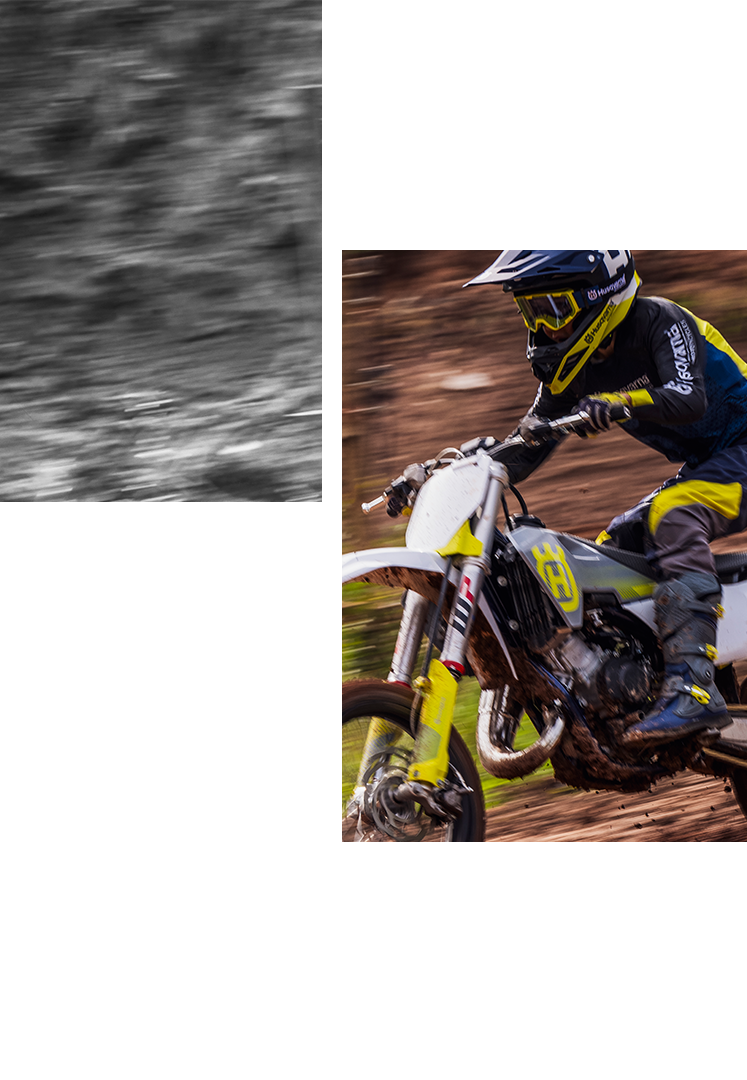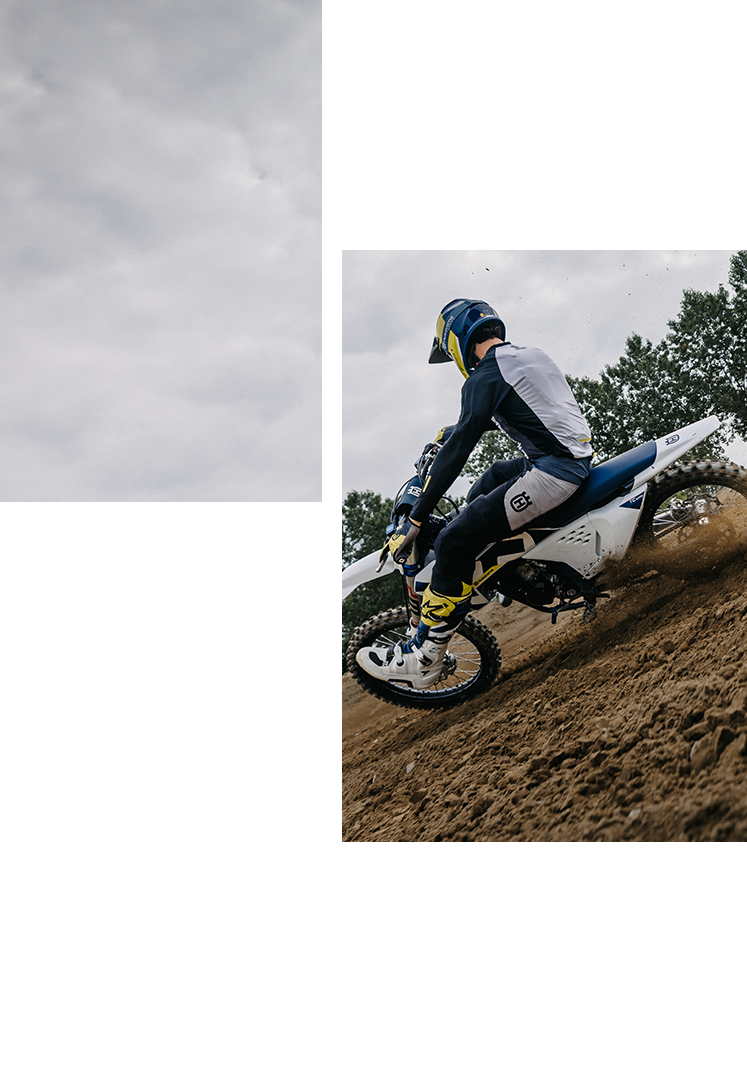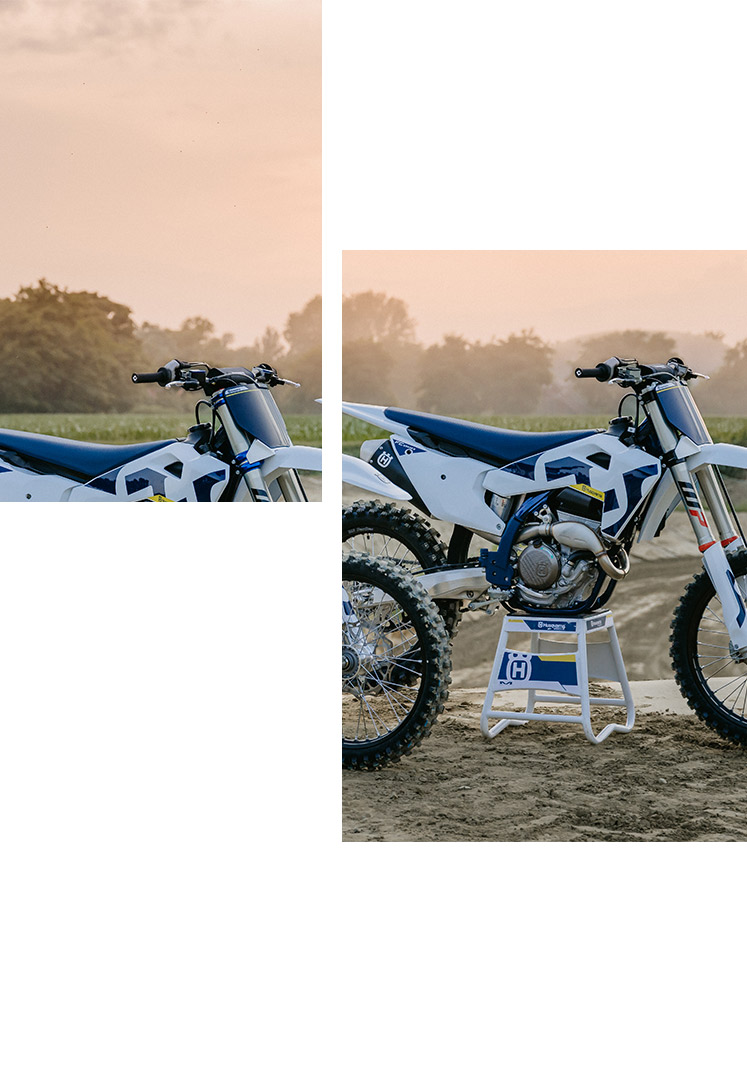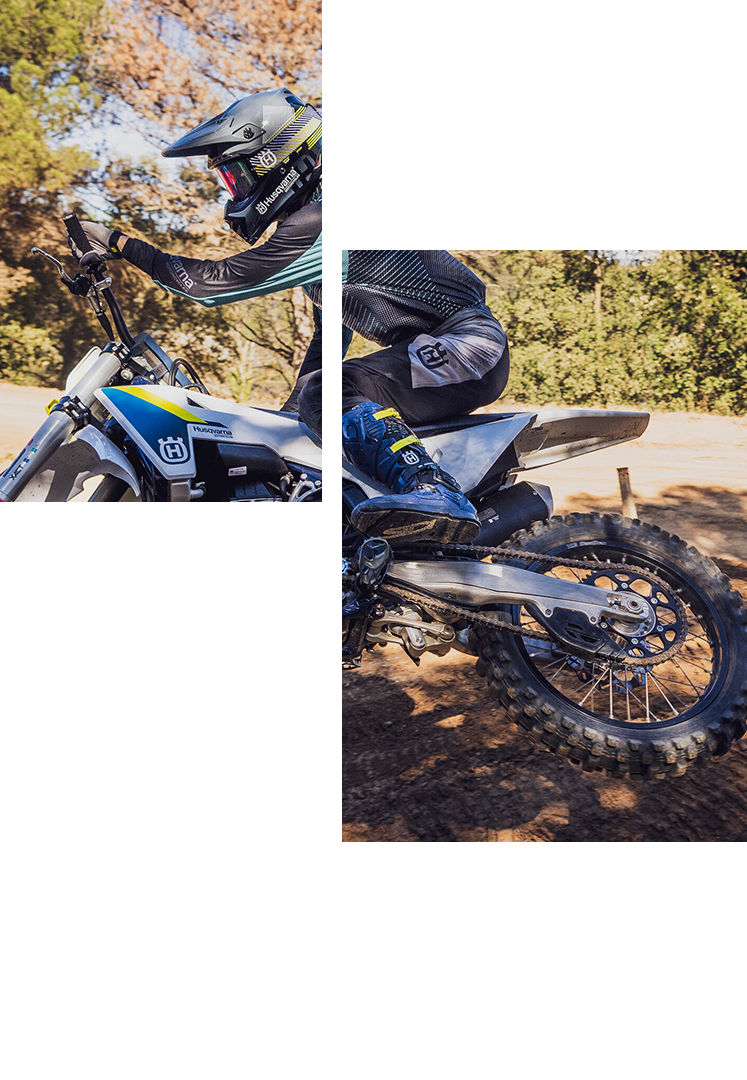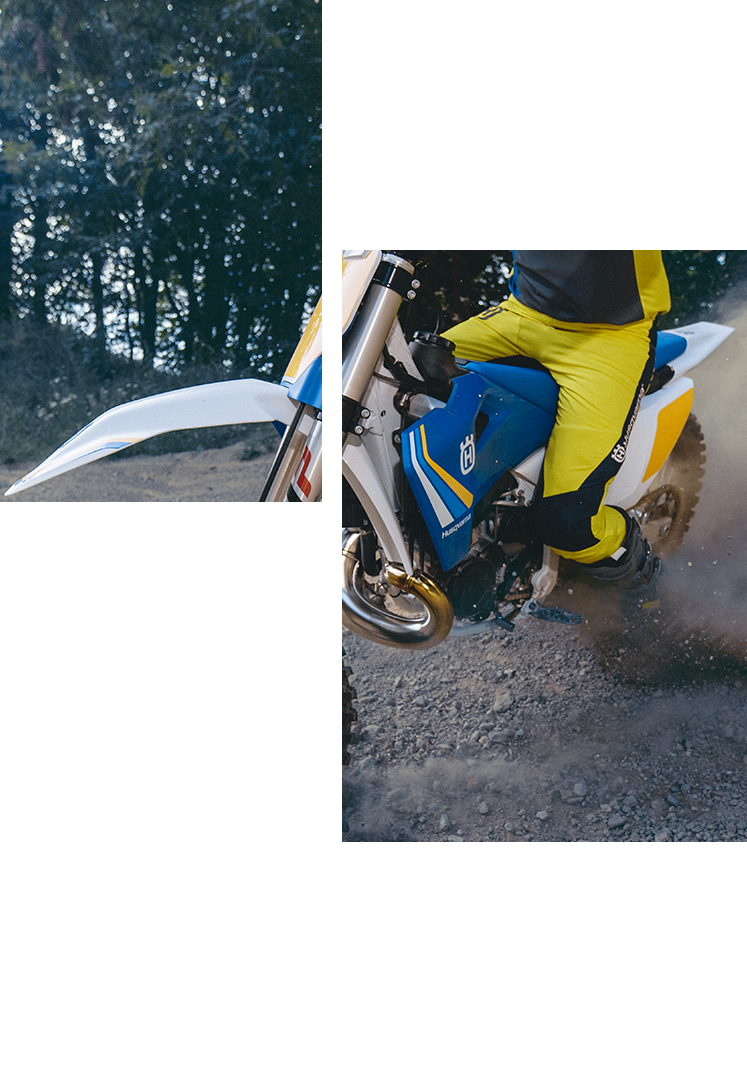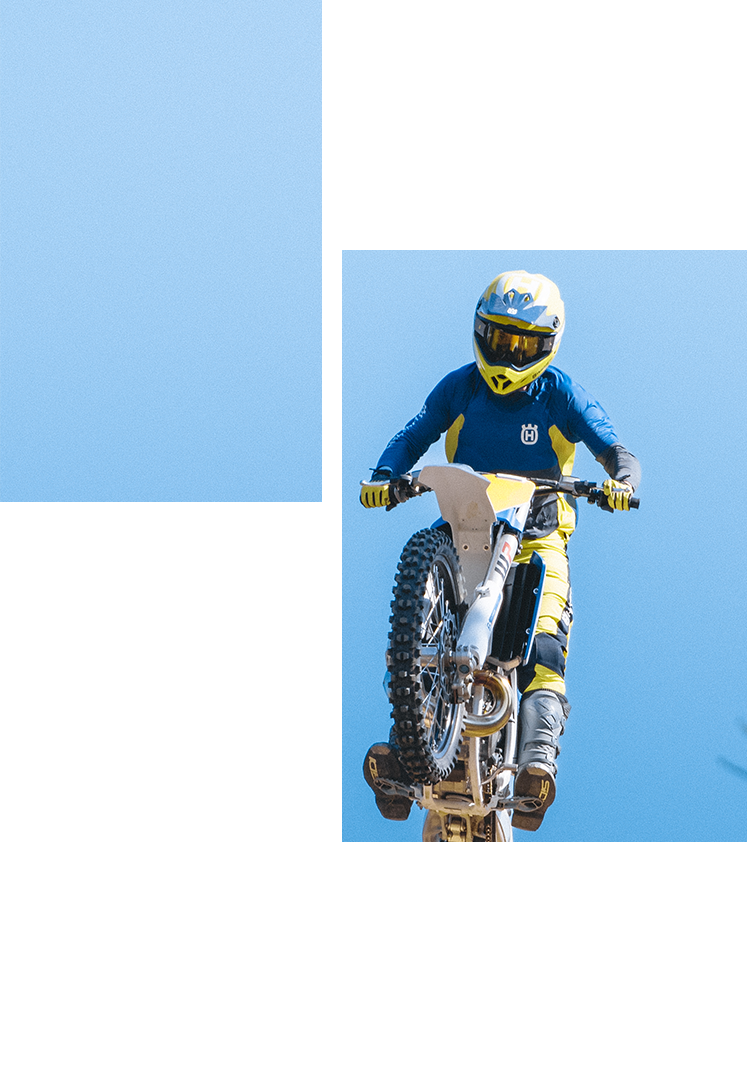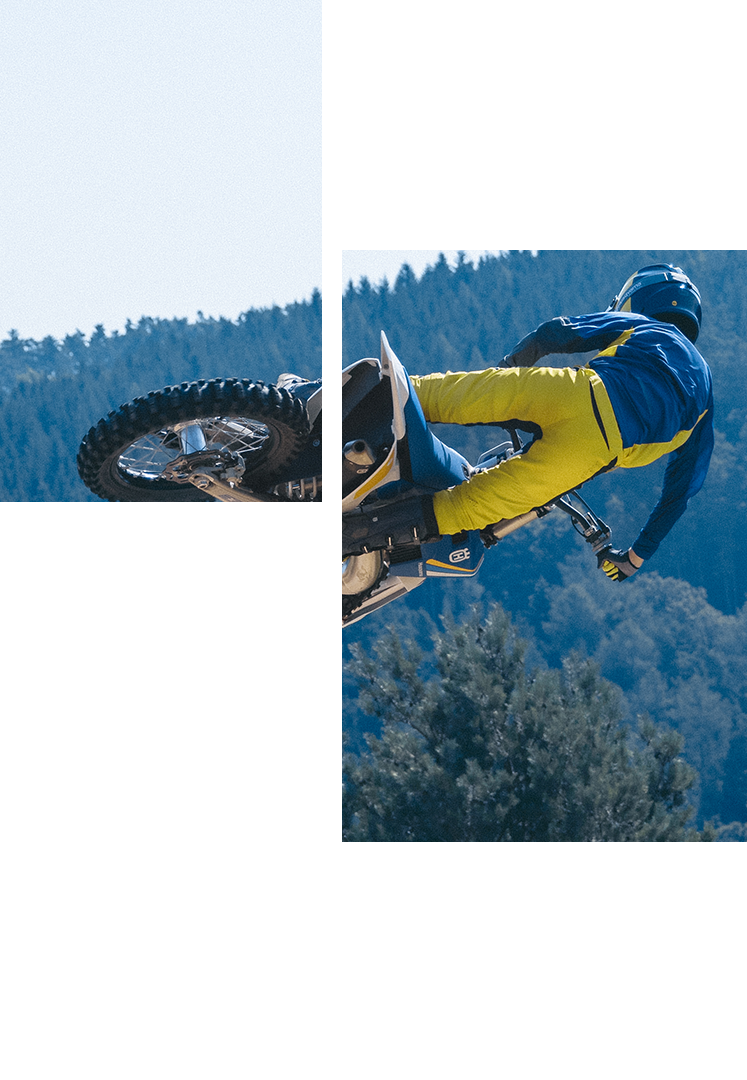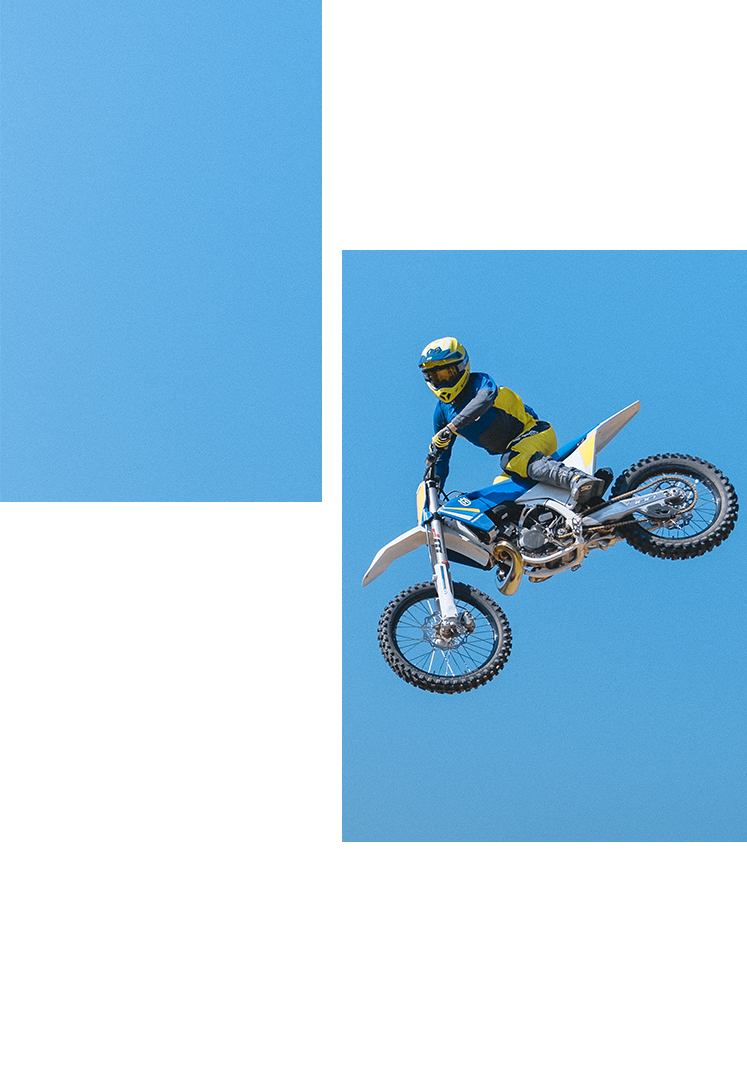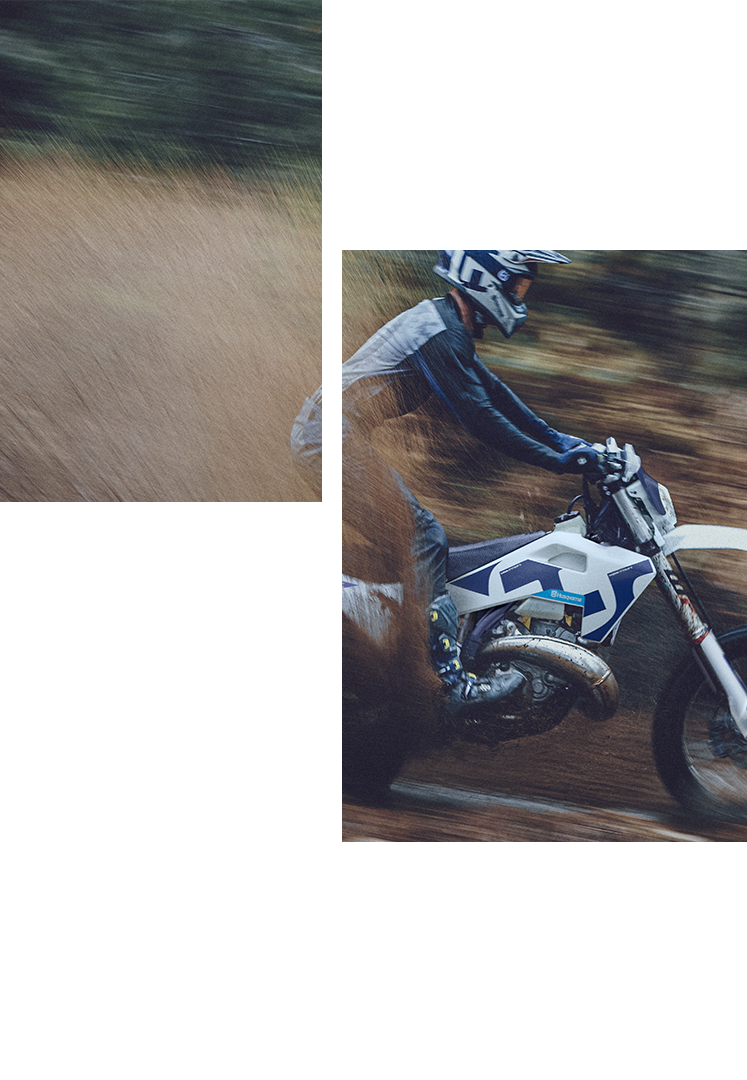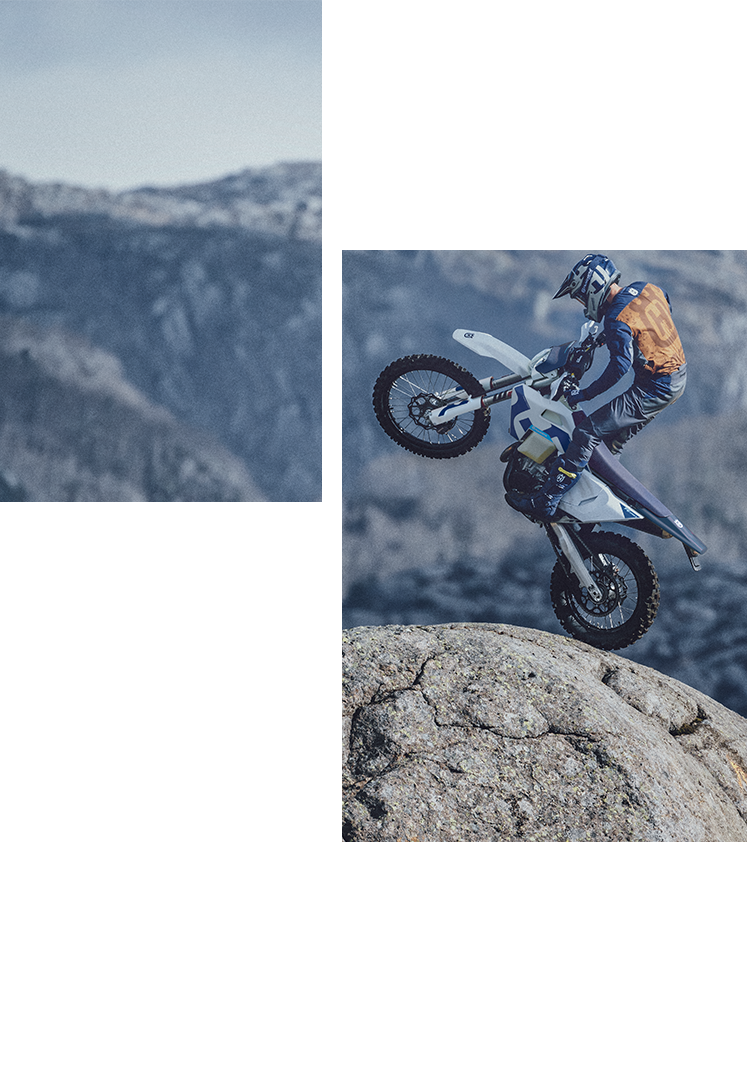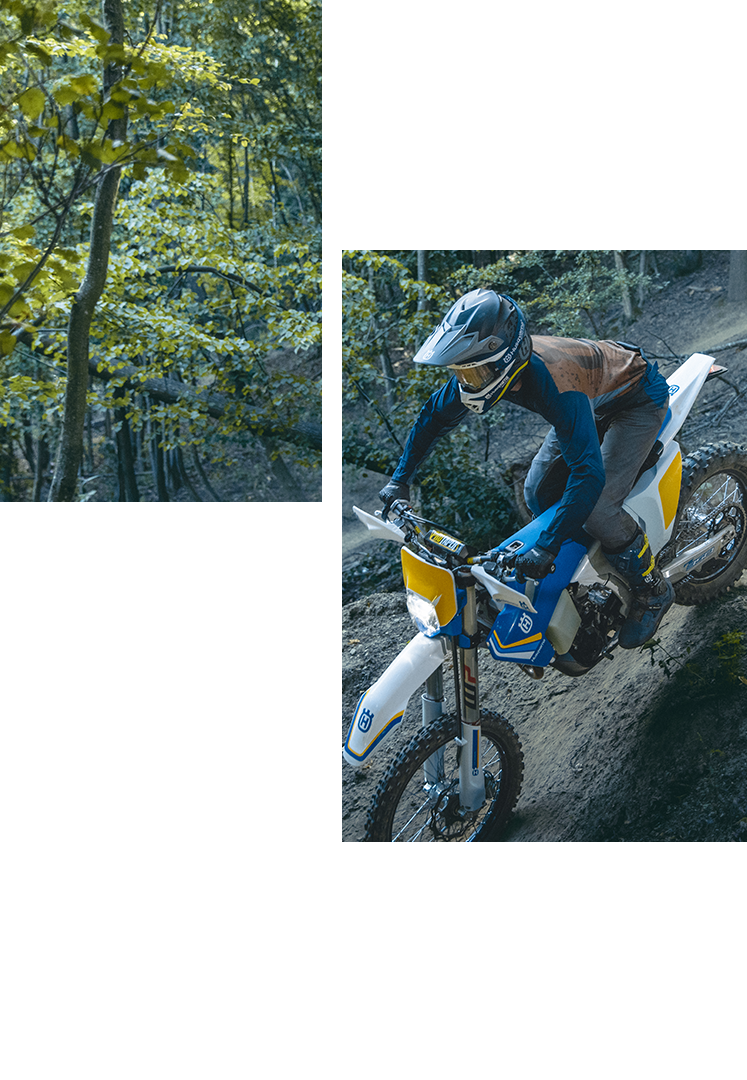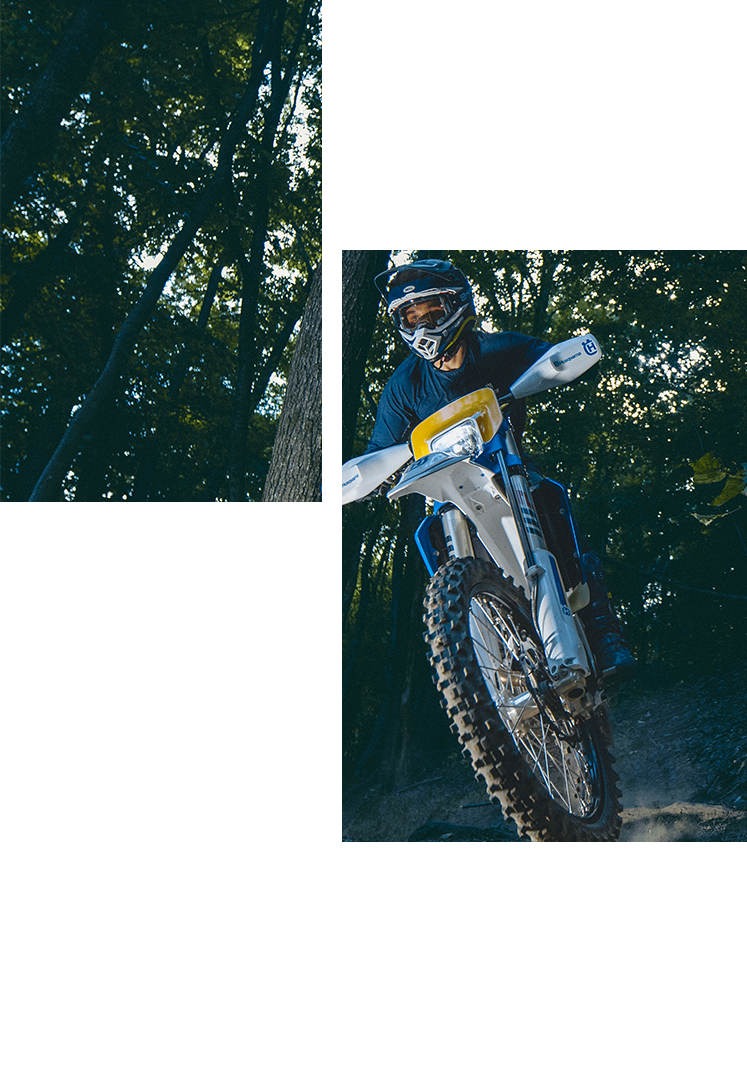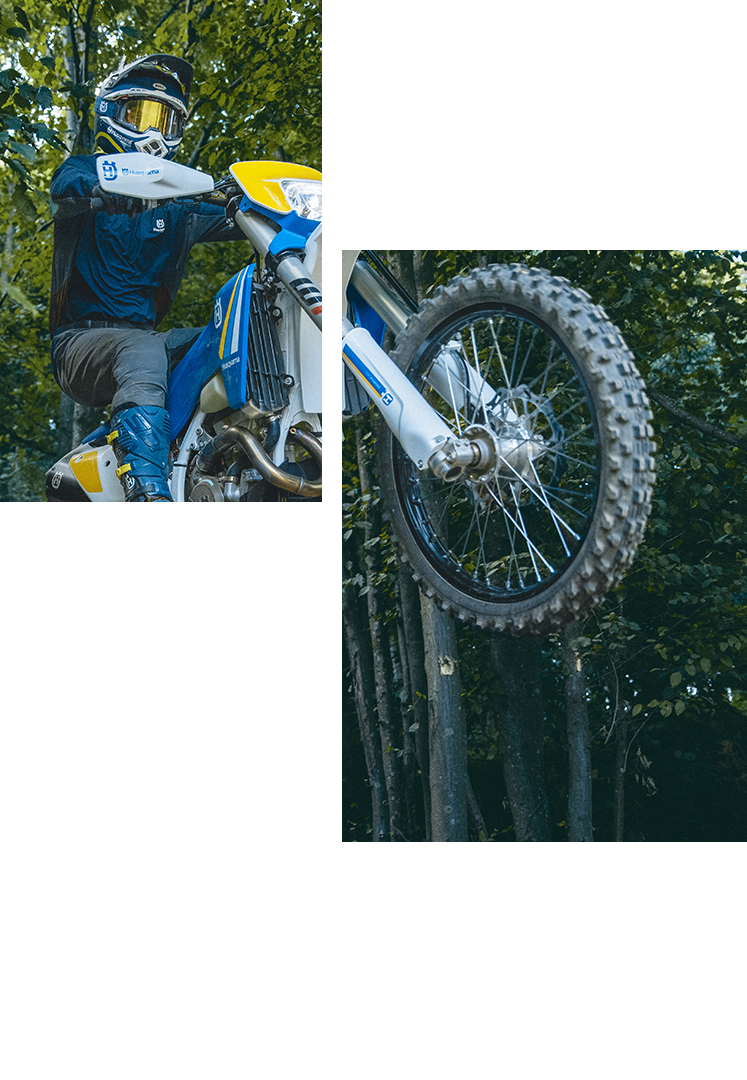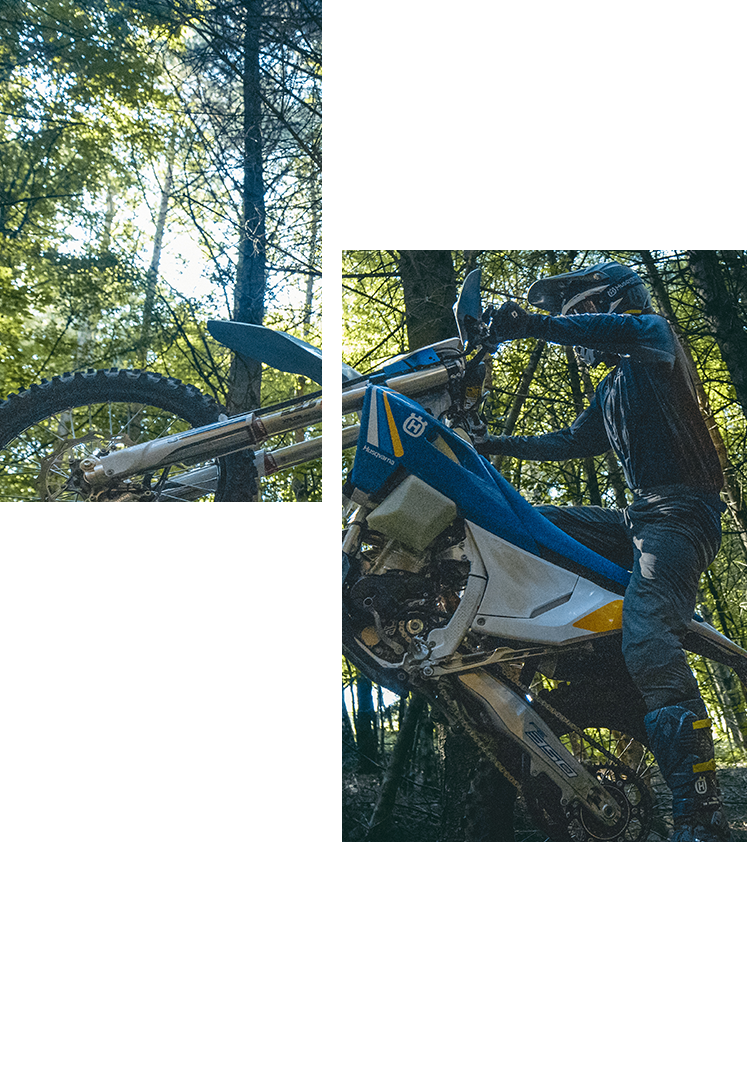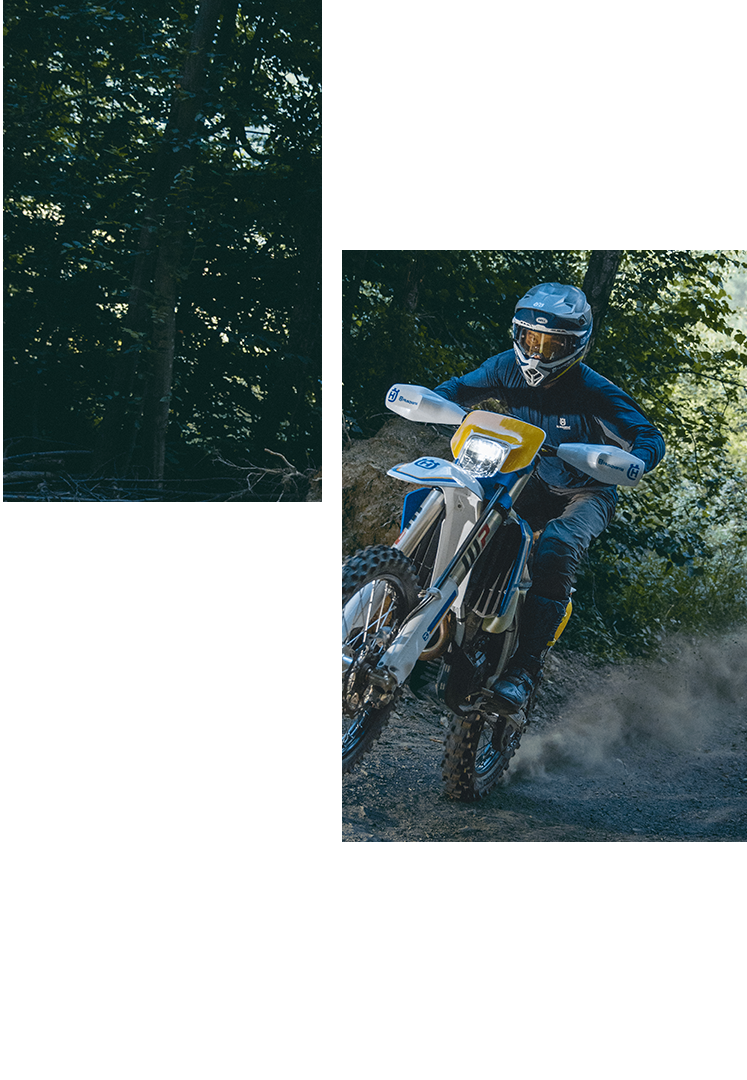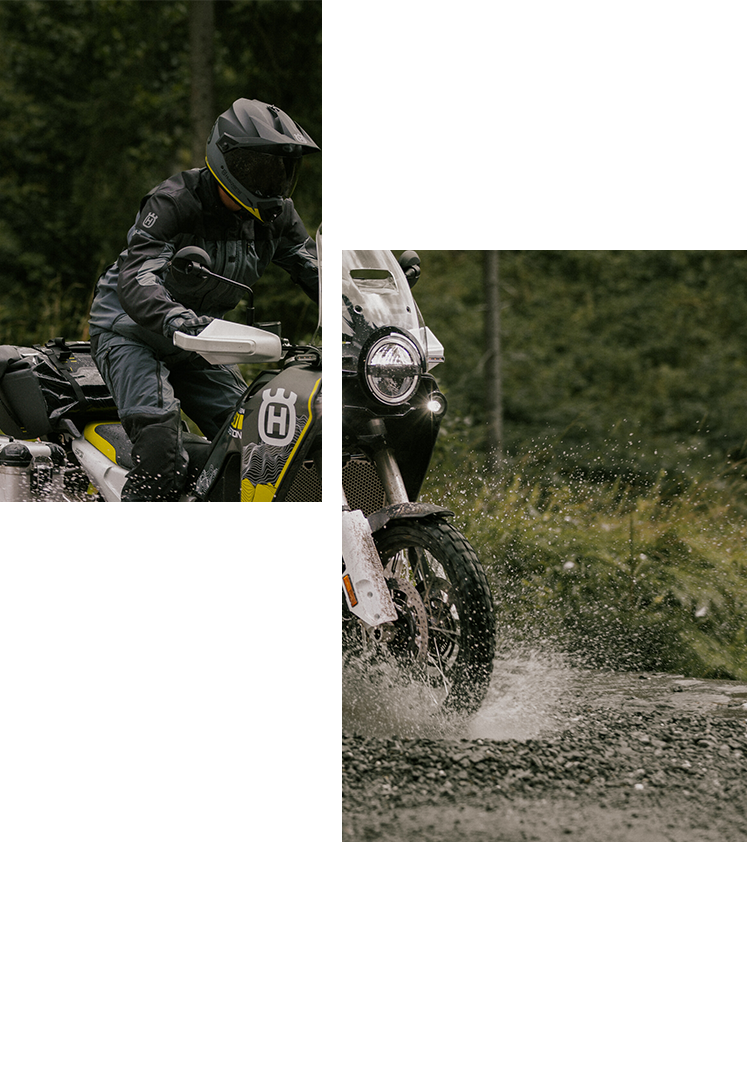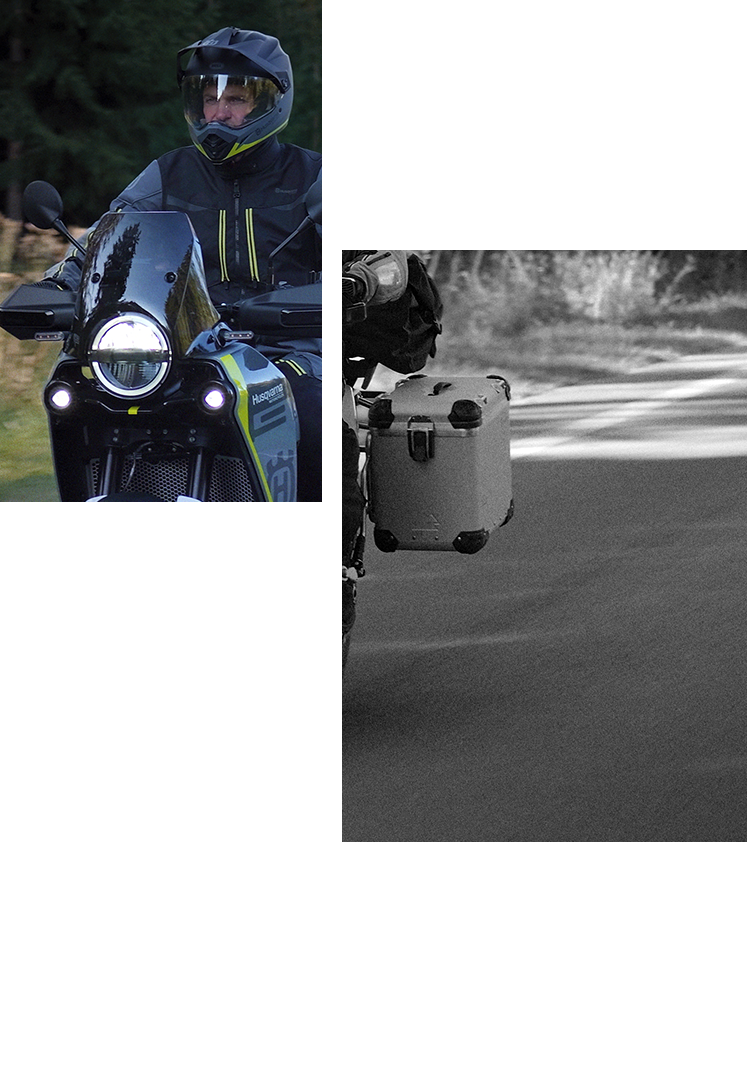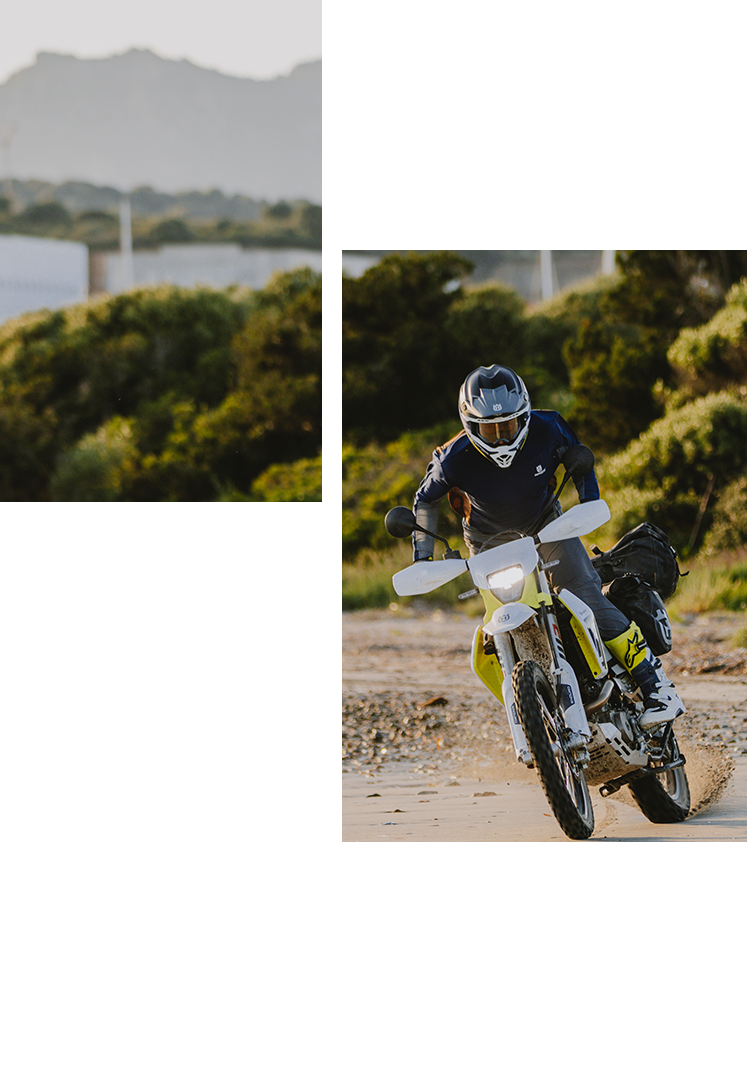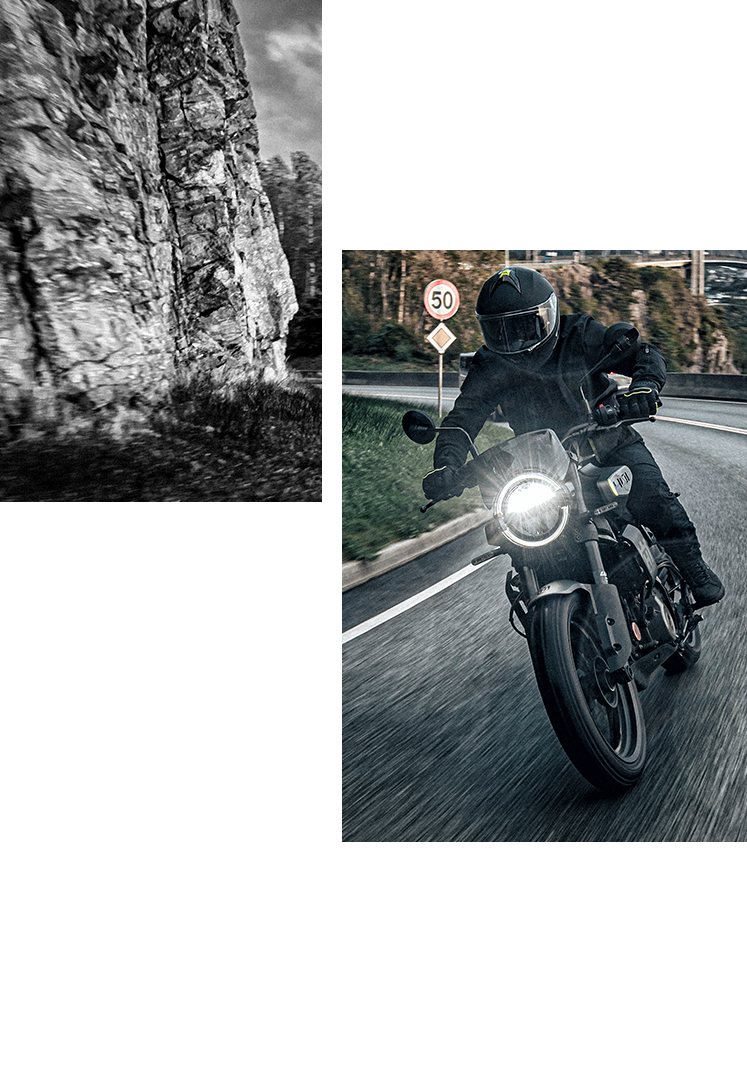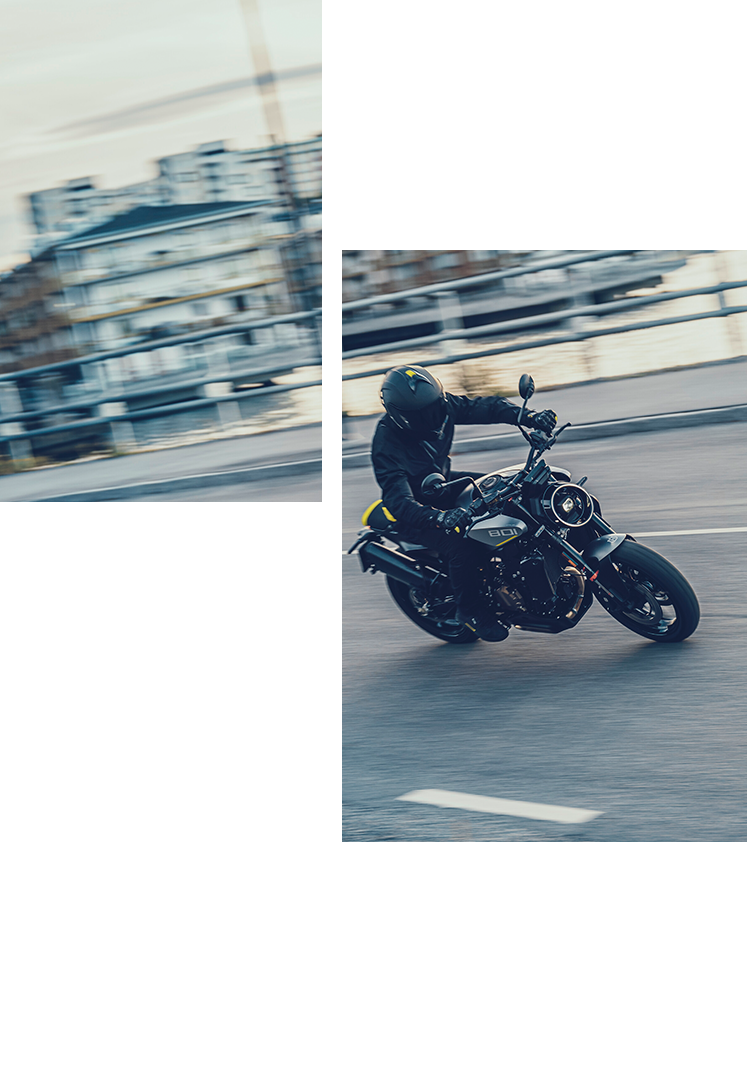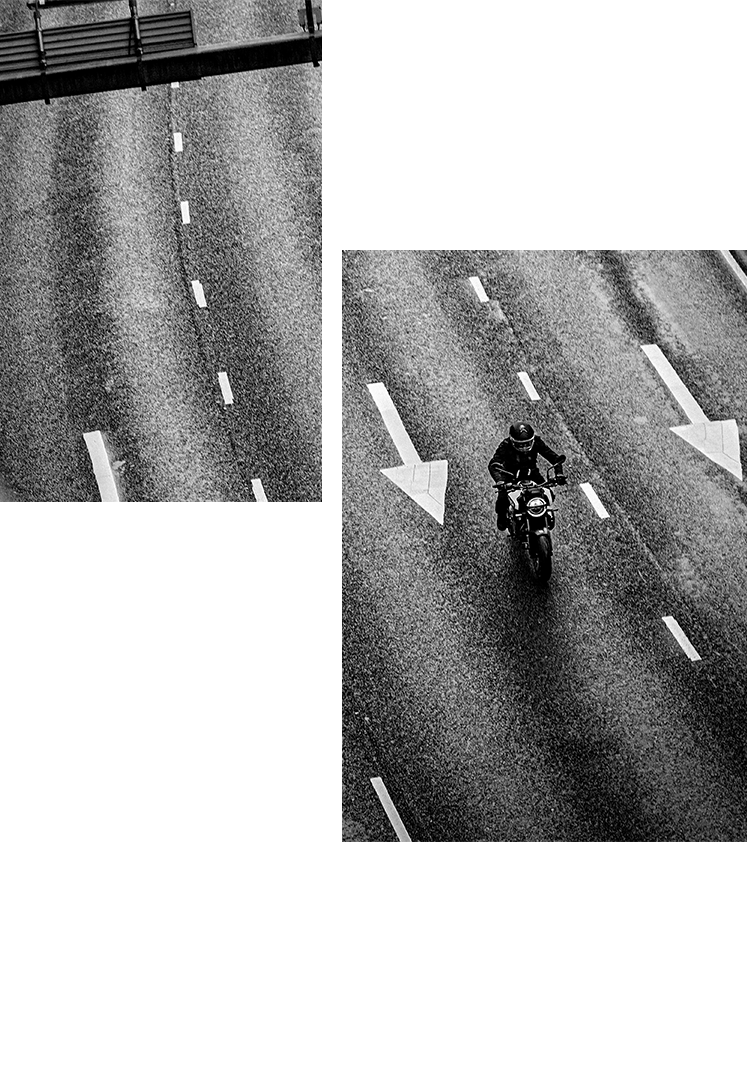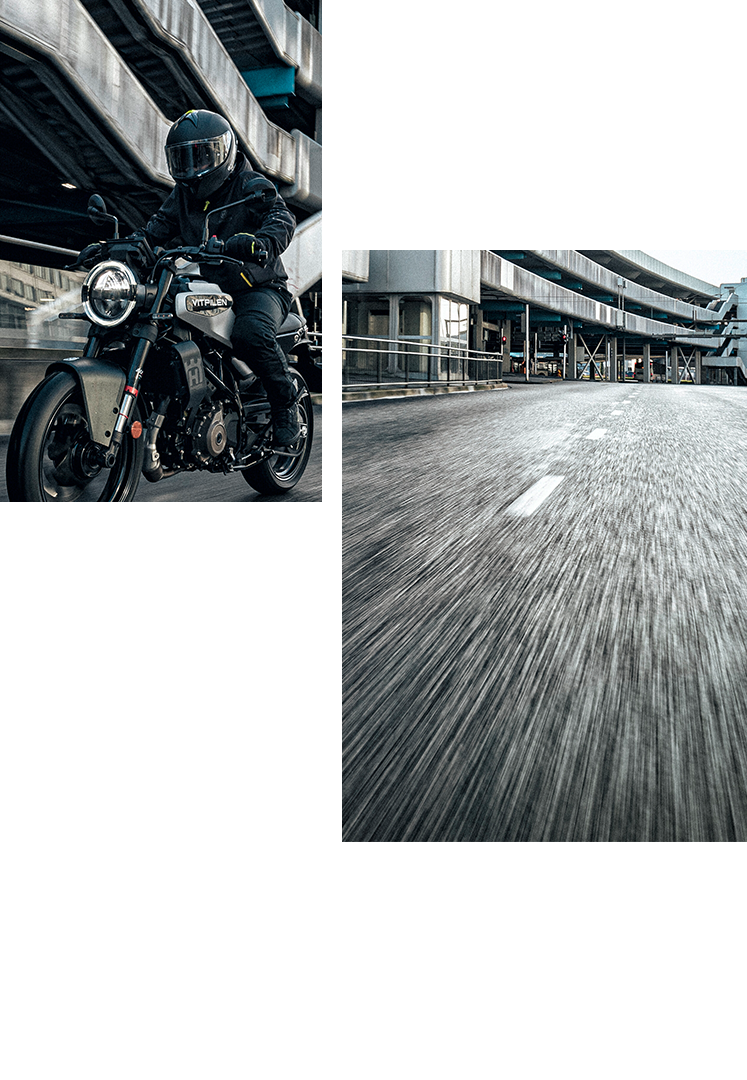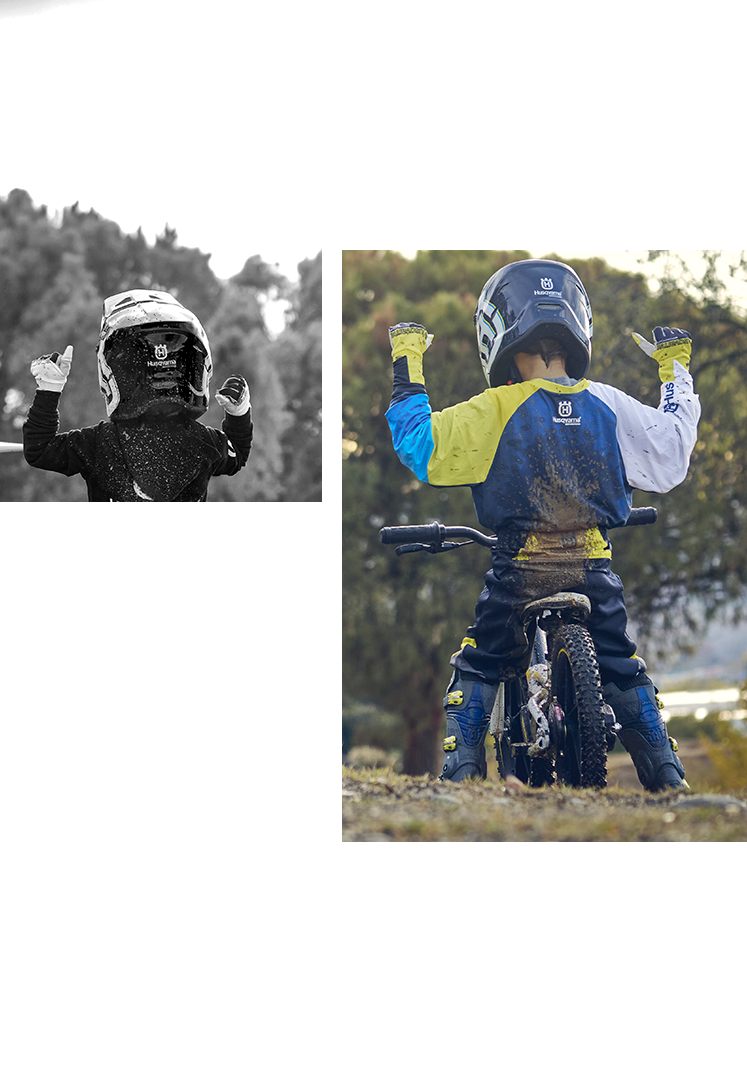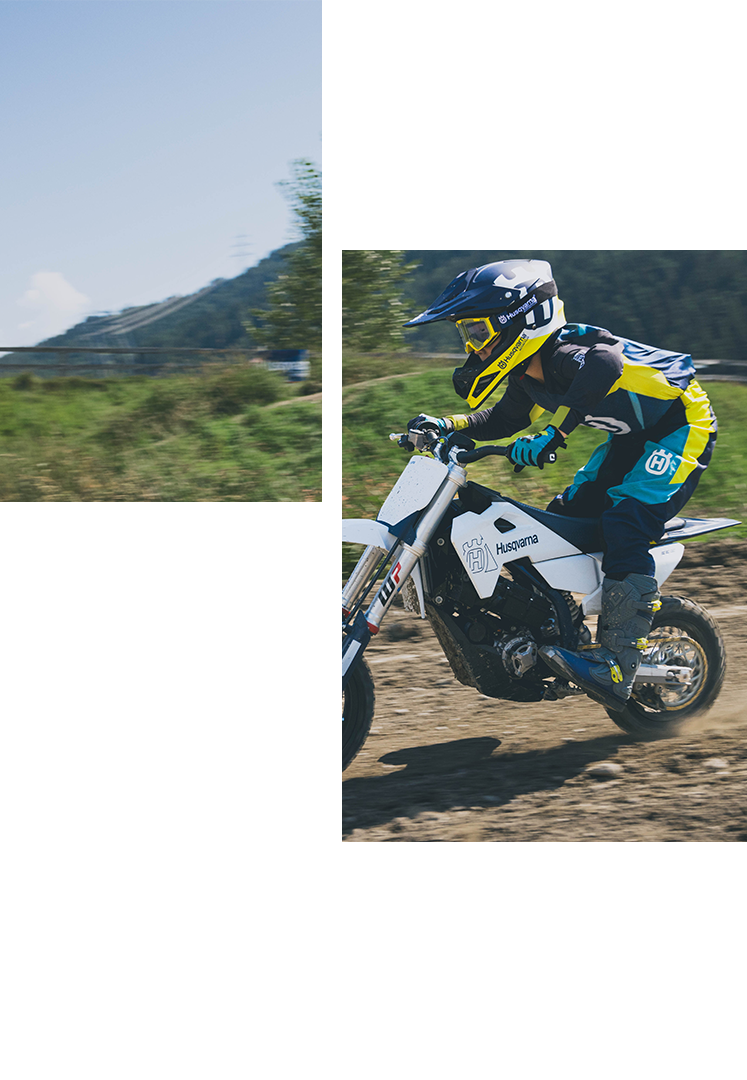1923 Win at 6-Days ISDT
By Kenneth Olausson
The two phantoms Gustaf Göthe and David Senning each captured a gold medal in the 1922 ISDT in Switzerland. Consequently, in the following year, Sweden hosted the International Six Days Trial. It was run out of the capital city Stockholm for 1,863 kilometres before returning to the finish line. Being there, the local Husqvarna team captured victory, winning the International Trophy.
But let's start in 1922 when the ISDT was organized by Switzerland. Three Husqvarna riders from Sweden took part in this event, where the competitors had to manage the steep hills of the Alps. It not only strained the engines of the workhorses going uphill, but also put severe pressure on the brakes going down the slopes. And most riders were not used to such obstacles, which of course influenced their performance. Conquering the dwindling passes in the Alps, many a rider got stuck with problems and had to abandon the race. The Husqvarna riders had the disadvantage of the weight of their machines, which caused them to ride with care. The engines tended to overheat as they were used to the limit. In the end the Swedish Husky team came home third in the result sheets - after England and Switzerland.
The Swedish top performance was respected by the international sports crowd and when they applied for organizing this gruelling event in 1923, England were generous to let the Swedes have the race. It was then approved by the international motorcycle federation – FIM. This year, the event took place in the first week of August and was not only run on Swedish turf, but also included a trip over to the neighbouring country of Norway. There was a total of 94 participants from seven nations that set off from the Swedish Stadium at the departure. Here, the Olympics had been held a little over a decade before and it was only appropriate that this important race should start with status and fanfare. It was an impressive sight to watch all the riders take off towards the city of Västerås, which lay a mere 100km away. There were three teams fighting for the Trophy while fourteen participants competed for the brand award.
But first, a few words on the ISDT rules of the roaring 20s. The riders had 15 minutes of service each morning before the start. It was used for maintaining the machinery and competitors were not allowed to start their engines before their start time. Then there was a lunch-break scheduled for half an hour, but now the riders couldn't touch their bike at all - only fast-eating a meal. Each machine was plumbed with sealing material and the riders were never permitted to obtain foreign help while undertaking any necessary tasks. One of the initial obstacles came at the hill of "Nornberget" that lay outside of Hedemora town. One of my older colleagues went there to see the Six-Days riders pass through this difficult section.
“I was surprised to see all the foreigners cope so well with the harsh Swedish conditions,” he said. We knew that ‘our own’ would be tested to the limit here, but we were all surprised that the international riders did so well in the inferno of mud. Going uphill during these demanding conditions was hard. The roads were so miserable that you thought you were standing in the middle of a recently ploughed field. Passing through with good speed required determination and stamina. And everyone seemed to know exactly where to change sides, taking another furrow to make the most of the race. So, the first day ended in the region of Dalarna at Rättvik after 320km of riding. The second day was slightly longer being 378km in length, taking the fast crowd to Karlstad.
Then it was time to go to Norway. On the third day, the riders went 270km to Kristiania (Oslo) before getting some rest. Outside of the Norwegian capital there was a hill-climb section of 2,250 meters. Being very steep, it was a decisive moment for many a rider trying to go fast uphill. After half the race, the Husqvarna team with riders Gustaf Göthe, Bernhard Malmberg and Gunnar Lundgren were well ahead - so far without penalties. On the fourth day, it was back to Sweden again, going all the way to Gothenburg - a distance of 388km. The fifth day was only 335km long, but at this stage, everyone was getting tired and you could see the strain in the faces of every participant. During the final stage back to Stockholm - 172km - there was a kilometre-long speed-stage ahead of the capital. It proved to be quite decisive and only the fastest managed to keep up their pace here.
All in all, 67 riders were seen arriving at the finish line in Stockholm. Thirteen of them were awarded a gold medal while the Husqvarna team ended up winning the all-important Trophy-class. There were of course happiness and congratulations in the famous red brick-wall Stadium, before everyone hurried to town for drinks, meal and final celebrations.




